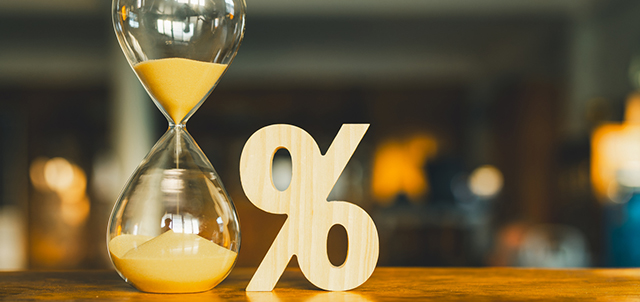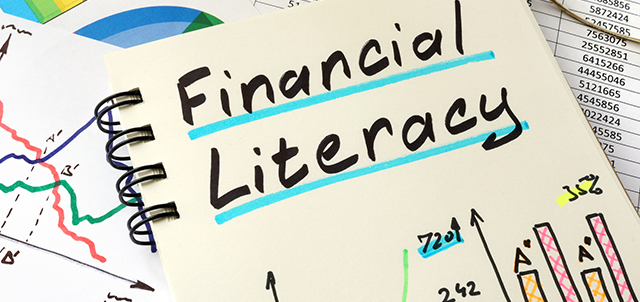Investing in a SPAC

For decades, conventional initial public offerings (IPOs) served as the primary path for growth companies to raise money from investors in the public markets. But a new trend is emerging. An unprecedented number of companies are pursuing an alternative path to entering the public market by using a special purpose acquisition company or SPAC. In 2020, SPACs raised over $80 billion, and in the first nine weeks of 2021 SPACS raised over $70 billion.
Before investing in a SPAC, it is important to evaluate what your investment involves and what rights or protections you may have at different stages in the SPAC and acquisition process, including the financial interests and motivations of the SPAC sponsors and related persons. For a detailed explanation of how SPACs work and what to consider before investing, check out the Securities and Exchange Commission's (SEC's) Investor Bulletin, What You Need to Know About SPACs.
Here are some basics on SPAC investing.
What is a SPAC?
A SPAC is a shell company that is formed to raise capital through an IPO for the purpose of acquiring a private company or business to be identified after the IPO. SPACs are formed by a sponsor or team that makes initial investments in the SPAC alongside outside investors. The sponsor generally has expertise in the industries in which the target company is selected and will manage the selection, financing and legal processes involved in acquiring the target. As SPACs continue to grow in numbers, there are also sponsors that do not identify an industry or a sector in which the SPAC may merge. These SPACs may have a broader scope in identifying a merger but there is less information about the type of company/industry it may ultimately merge with following the IPO.
What is the Difference Between a SPAC and an IPO?
One key difference between a traditional IPO and SPAC IPO process is that the SPAC IPO is much faster. From the decision to proceed with a SPAC IPO, the entire IPO process can be completed in as little as eight weeks and without much of the financial reporting, due diligence and disclosure involved in a traditional IPO. However, the later SPAC step of merging with the target company involves many (but not all) of the same requirements that would apply to an IPO of the target business, including audited financial statements and other disclosure items. In other words, the SPAC process back-loads the documentation requirements to the latter stages of the process, sometimes referred to as "De-SPACing."
SPACs typically have a window of 18 to 24 months to find a suitable company to merge with after the IPO; otherwise, the SPAC will dissolve, and the remaining funds in the trust account are distributed pro rata to its current shareholders.
Why Might Investors Be Interested in a SPAC?
Most retail investors don't have the opportunity to invest in promising privately held companies due to a host of hurdles. SPACs are a way for public investors to now ‘partner' with investment professionals and venture capital firms who source and perform due diligence on these companies, a partnership that has the potential to turn into an additional source of capital appreciation in their portfolios.
SPACs allow their IPO investors to benefit from the expertise of a sponsor, with some downside protection as a result of their option to redeem shares prior to any acquisition for the IPO price plus any interest accumulated in the trust account. All investors — including those that have purchased shares of the SPAC on the secondary market — have a say on whether the SPAC moves forward with a proposed acquisition by voting on the announced financing conditions and purchase agreement. If the investors vote to provide the green light, the combination between the SPAC and the target company moves along, whereby the SPAC and the target company merge into a single new publicly traded company.
A small crop of exchange-traded funds (ETFs) that invest in SPACs have emerged in light of their recent popularity. These funds typically include some mix of companies that recently went public by merging with a SPAC and SPACs that are still searching for a target to take public.
What Are Some of the Risks of Investing in SPACs?
As with all investments, depending on the specific details of a SPAC investment, there will be different levels of risk. Consider the following risks associated with SPACs.
- Less information. In a traditional IPO, the company seeking to go public typically has to provide a wealth of disclosures and go through due diligence processes prior to launch. In contrast, with a SPAC, there is less required documentation, and early investors typically invest solely based on the reputation of the sponsors. These investments represent a fractional ownership of a deposit in a trust account.
- Speculative investments. Through SPACs, investors may become exposed to domestic or foreign companies and businesses of varying risk profiles—and may encounter a "hype-based" business model that focuses on investors' hopes for outsized gains without sufficient attention paid to potential long-term risks. There is a possibility that the speed of the SPAC process may attract "hot" sectors or business models that may be only short-term fads instead of viable long-term businesses. Companies that merge with SPACs and become public avoid more stringent scrutiny than the companies would have been subject to if they went through the traditional IPO process. For example, the acquisition company's financial statements are not reviewed by the SEC until after the acquisition occurs, meanwhile the SPAC is allowed to present their own financial projections of the target company to investors (something not allowed when marketing a traditional IPO).
- Fees and sponsor incentives. SPAC sponsors take on reputational risk to take a SPAC public and find a suitable target company. As a result, the SPAC sponsors are generally compensated for this risk in the form of a bigger discount to the price that a target company may obtain if it opted for traditional IPO. When a SPAC raises money from public investors, the public investors typically pay at least a 5.5 percent investment banking fee and generally give the sponsors a 20 percent interest in the SPAC in the form of equity, potentially in addition to other indirect fees. Considering all of these potential fees and other forms of compensation, some market participants view SPACs as more expensive than traditional IPOs, with an estimated 1/3 of funds raised from IPO investors removed on average from the trust account in fees and compensation by the time the merger takes place.
- Conflicts of interest and fraud. As noted above, the SPAC process relies heavily on underwriters and sponsors who are incentivized to identify an acquisition target due to ownership stakes both parties take in the SPACs. Investors should be aware of the potential for conflicts of interest between SPAC sponsors and SPAC shareholders since sponsors (given their heavily discounted 20 percent interest in the SPAC's common stock) may profit when an acquisition is completed even if the acquisition proves unsuccessful for the investors. This also raises the risk of potential misuse of funds and potential fraud through misrepresentation or omissions regarding the prospects of the target company. In addition, underwriters and SPAC sponsors may possess material, non-public information regarding potential SPAC acquisition targets and trade around that knowledge.
- Trading price. SPACs are typically priced at $10 per unit during the IPO, but when these units begin trading their market prices may fluctuate—sometimes significantly—even before a merger target is identified. Given the fees mentioned above, buying at an elevated price can make it more difficult for investors to see a positive return on their investment when an acquisition is completed.





